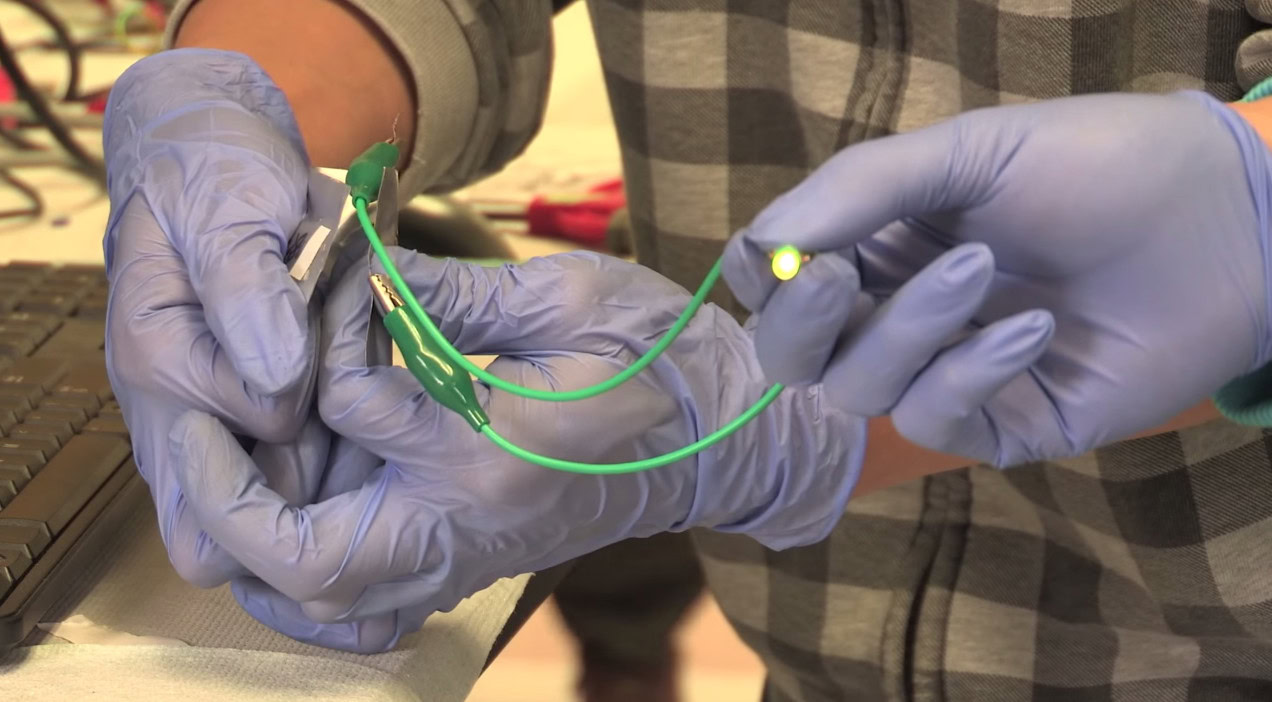Affiliate links on Android Authority may earn us a commission. Learn more.
Stanford's flexible aluminum-ion battery can fully charge in a little over one minute
Published onApril 7, 2015

The current Lithium-ion batteries we have in our smartphones today are slowly improving, but it seems as though these types of batteries just can’t keep up with what the rest of the tech world needs. Many other types of battery tech have surfaced over the years, but none have been as efficient or powerful as lithium-ion. But a new type of aluminum-ion battery out of Stanford may have the potential to change that.
The battery, which is made of aluminum and graphite, offer an inexpensive and efficient alternative to today’s battery tech. The prototype battery is flexible and durable, and can be fully charged in just over one minute’s time.
Hongjie Dai, a chemistry professor at Stanford, explains:
We have developed a rechargeable aluminum battery that may replace existing storage devices, such as alkaline batteries, which are bad for the environment, and lithium-ion batteries, which occasionally burst into flames. Our new battery won’t catch fire, even if you drill through it.
The biggest problem with aluminum-ion batteries in the past has been finding materials that are capable of producing enough voltage after repeated charging cycles. Past aluminum batteries typically die after just 100 charges, but Stanford’s battery is able to withstand 7,500 charging cycles without losing any capacity. To compare, a standard lithium-ion battery lasts about 1,000 charging cycles.
For now, this battery is nowhere near perfect. It can only produce about 2 volts, which is a far cry from the 3.6 volts a standard lithium-ion battery can produce. And while aluminum is a cheaper metal than lithium overall, the former can only carry 40 watts of electricity per kilogram compared to lithium’s 100-206 watts.
Aside from a few major downfalls, these new batteries have just about everything else you could want – inexpensive electrodes, fast charging, great safety, flexibility, durability and long charging cycle life. This isn’t the first time we’ve heard of new battery charging tech that will one day revolutionize the way we use our smartphones, but this is still a big step in the right direction.